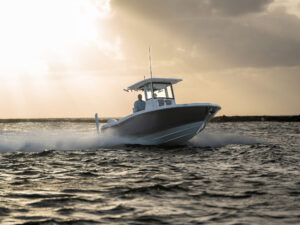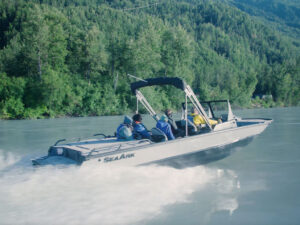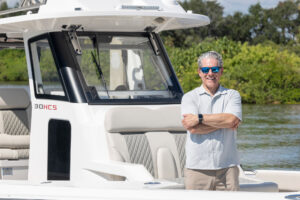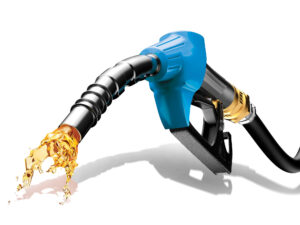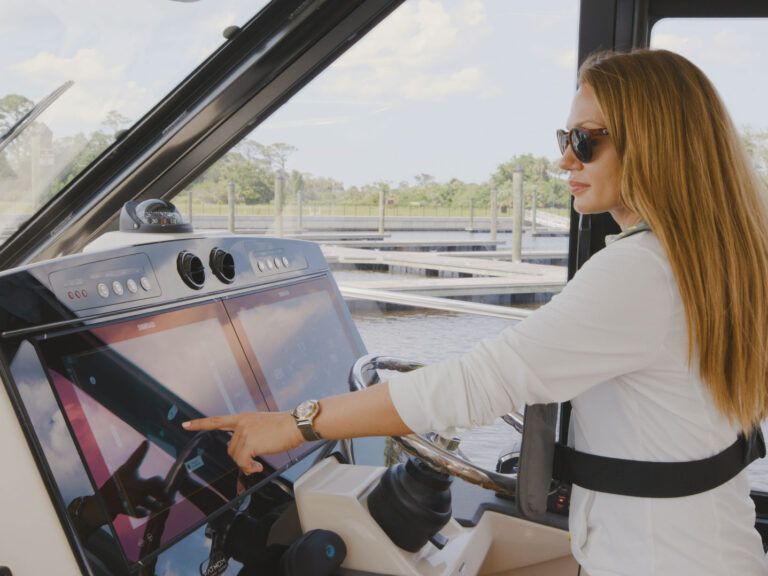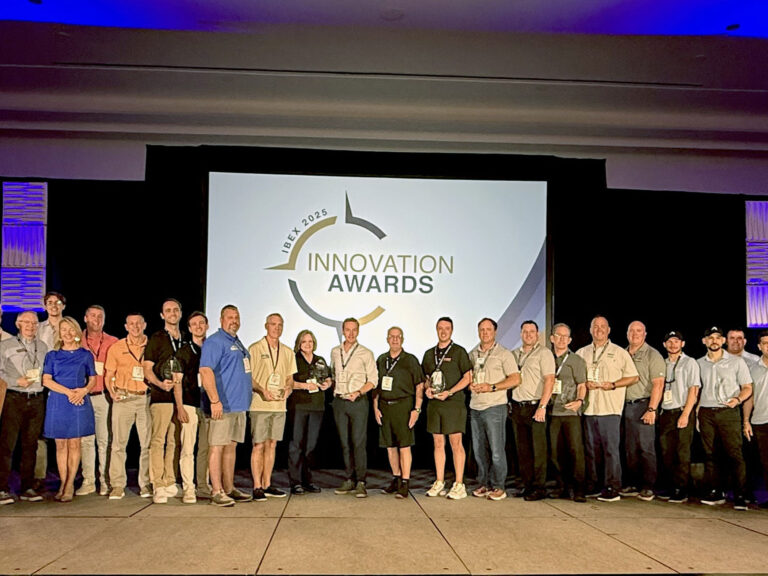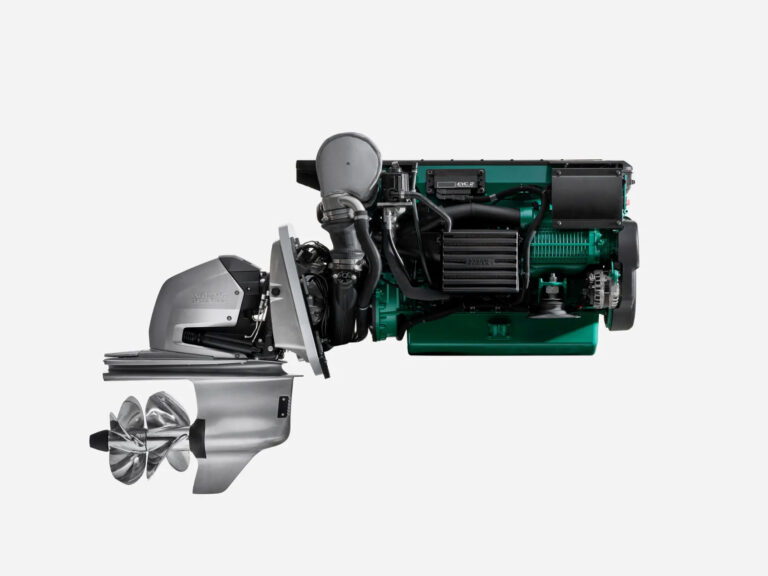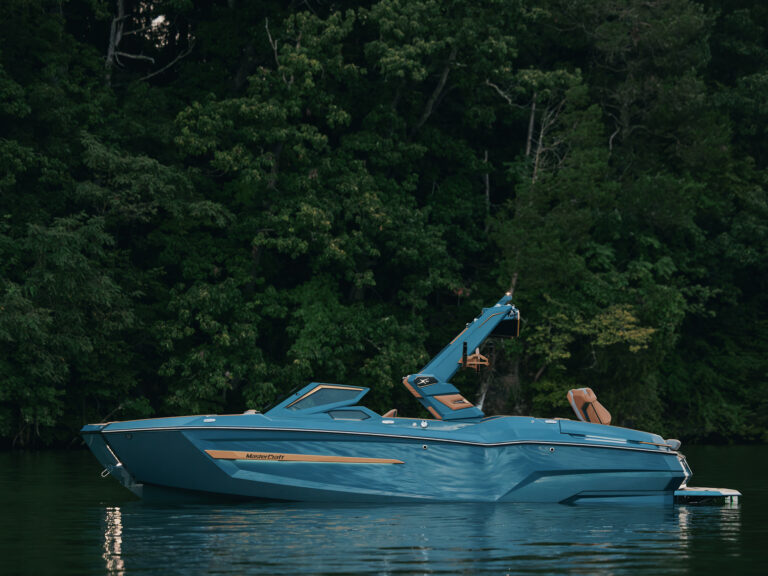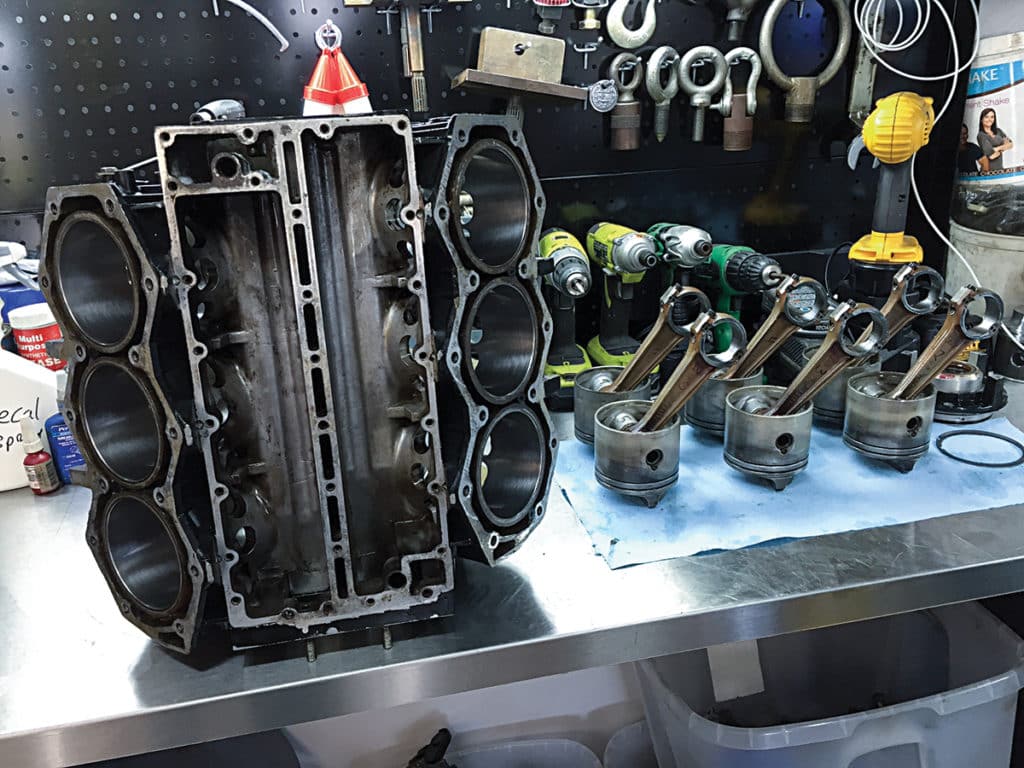
Whether it’s a kicker or a big V-6 engine, you’ll eventually be faced with replacing your tired outboard engine. If a new engine isn’t in the cards, repairing your existing engine or purchasing a rebuilt outboard motor can be a reasonable alternative. Here are some important considerations based on my experience as an outboard technician.
Is Your Outboard Engine Too Old to Rebuild?
If your outboard motor was built in the 1980s to the early 2000s, chances are it has these features:
Power trim and tilt (a must-have for skiing, fishing, docking and storage)
AdvertisementOil injection (allows for much easier fueling, and it pollutes far less than pre-mixing gas and oil for two-stroke outboards)
Primer starting, versus chokes (an electric primer shoots fuel into the carburetors, making cold starts quicker and easier)
Sound-deadened cowl exhaust (0utboards that were built during the 1970s and in years prior were much louder)
AdvertisementElectronic fuel injection (First appearing in the early 1980s on Mercury’s high-performance engines, EFI makes outboards motors easier to start, and in the case of two-strokes, it’s less smoky; better on fuel; and better than a carbureted engine when it comes to pollution)
Engines built after 2000 are typically four-strokes (Honda, Mercury, Suzuki and Yamaha) or direct-injected (DFI) two-strokes (Evinrude, Mercury, Tohatsu and Yamaha). They’re more expensive to buy than their older brethren, and they have a higher cost when rebuilding an outboard motor because they’re more complicated. But the running quality and ease of operation are unparalleled compared to older, traditional carbureted two-stroke engines.
What does this mean to you? When considering outboard engines, newer four-strokes and DFI two-strokes:
Burn between 35 and 50 percent less fuel than their older carbureted brothers
Reduce emissions by as much as 50 percent
Offer “automotive” starting ease, running quality and noise levels
Advertisement
The Cost of Rebuilding an Outboard Motor
Look at how much a rebuilt engine costs compared to simply repairing or rebuilding what you have.
A typical rebuilt midsize outboard motor from the 1980s to 2000 between 90 to 115 horsepower will cost at least $3,500 if purchased from a discount dealer; it will likely cost around $4,500 if purchased from a local full-service dealer. Rebuilding your engine will cost around $2,500. That difference of $1,000 to $2,000 will buy a lot of gas, so consider carefully.
The same-size engine in a newer four-stroke or DFI two-stroke model will add at least a $1,500 premium, so those 90 to 115 horsepower models could now run upward of $6,000. If you’re concerned about reducing emissions and pollution, and you desire better fuel mileage and running quality, a newer (post-2000) DFI two-stroke or four-stroke engine might be for you.
Decide Whether to Rebuild Your Engine or Buy a Rebuilt Outboard Engine
The right answer depends on a number of factors. For one, your budget might not permit buying a rebuilt outboard motor. In that case, rebuilding what you have could be your only course.
Secondly, consider the service options. You’re likely to get a faster turnaround from your local dealer if you buy a rebuilt or low-hour engine there. Conversely, will you be happy about bringing it to the discount dealer for service if it’s hours away?
Get firm cost estimates and ask about a warranty. If your engine is older than 1980 or so, forget rebuilding. The outboard engine is too old, parts are likely scarce, and the technology is dated. If it’s an ’80s engine with some or all the features previously mentioned, and a new engine is out of the question, rebuilding can be a good option that will add years to your old outboard’s life.
Finally, if you boat in a saltwater environment, forget about any engine that’s more than a decade old. Saltwater corrosion has likely closed the door on the possibility to salvage the engine after 10 years of duty in the brine.

